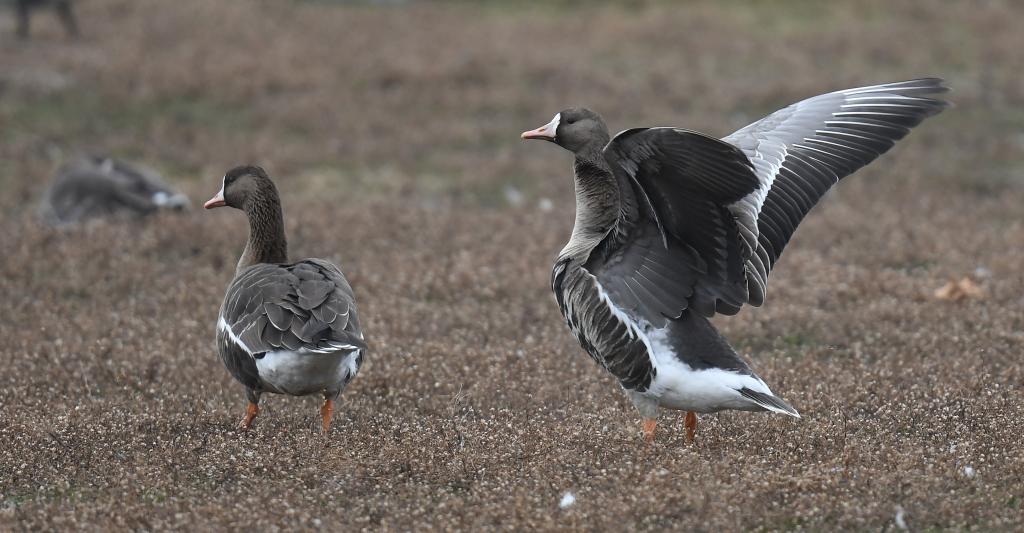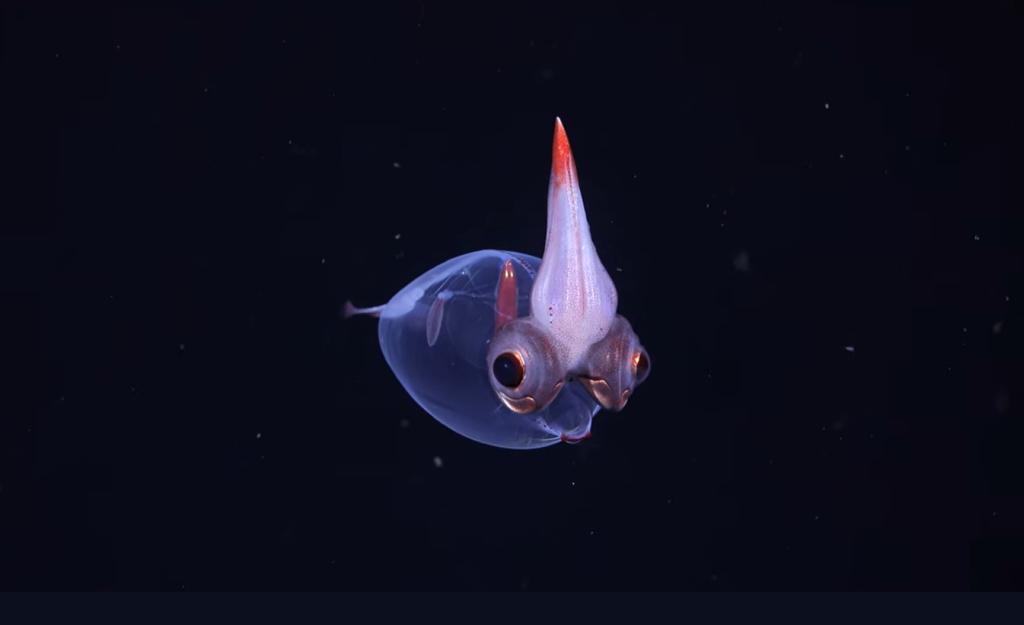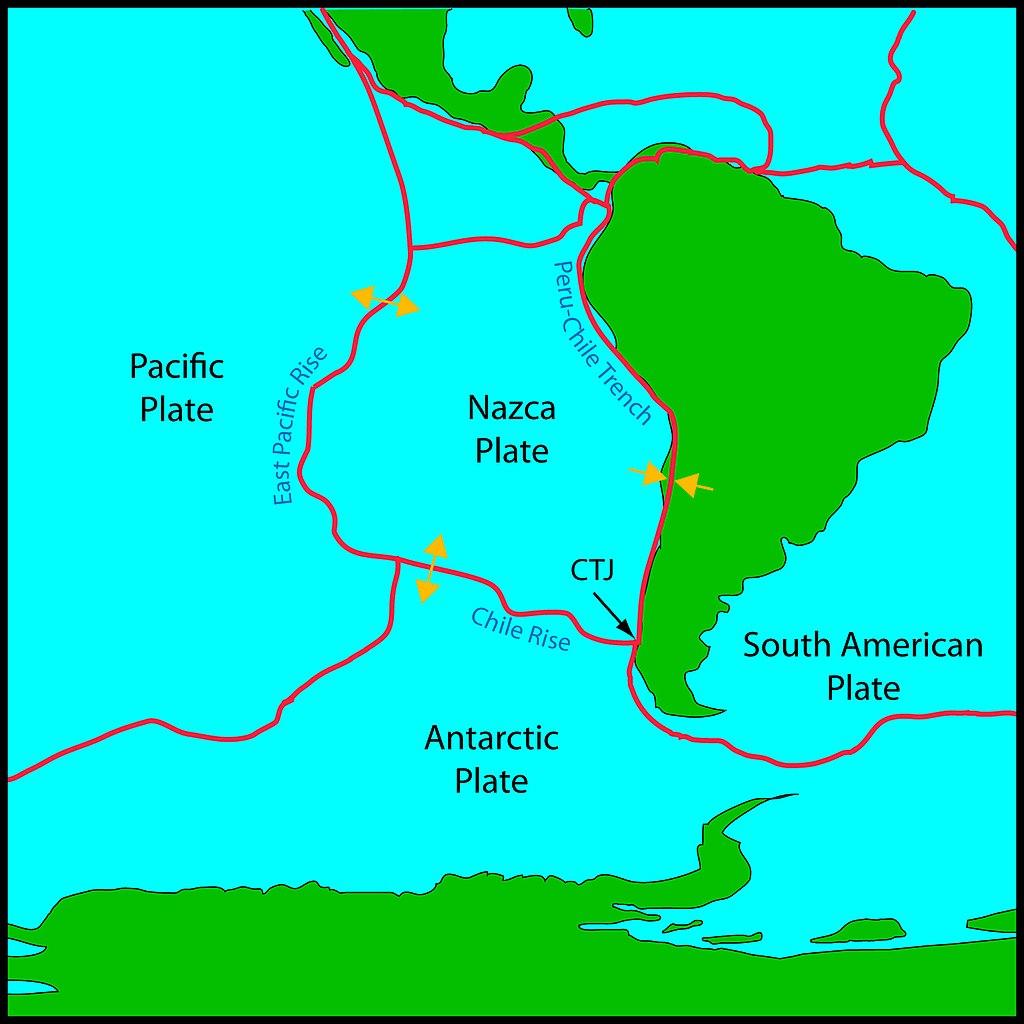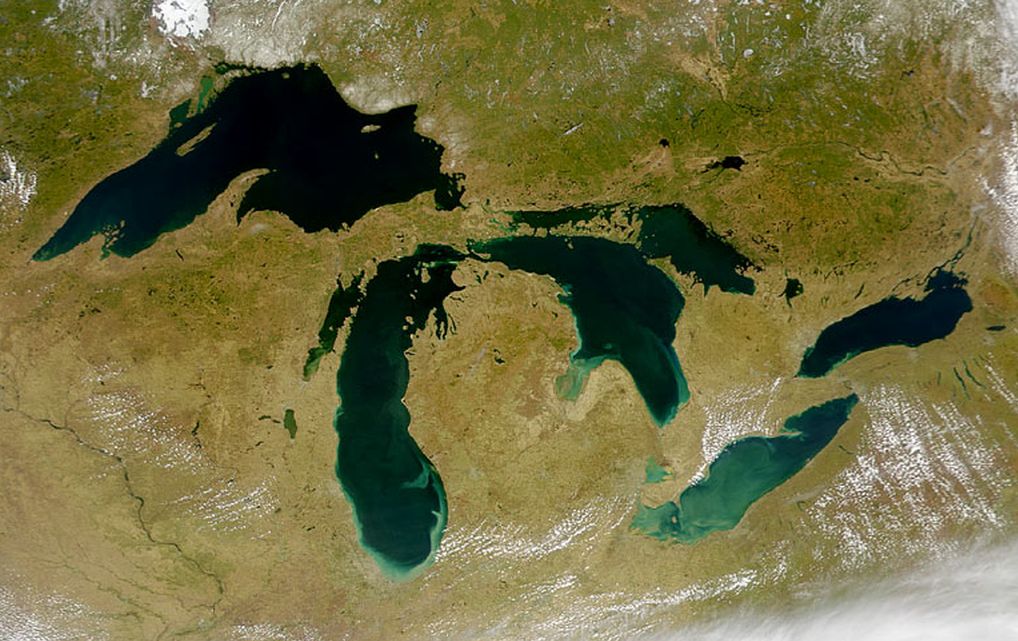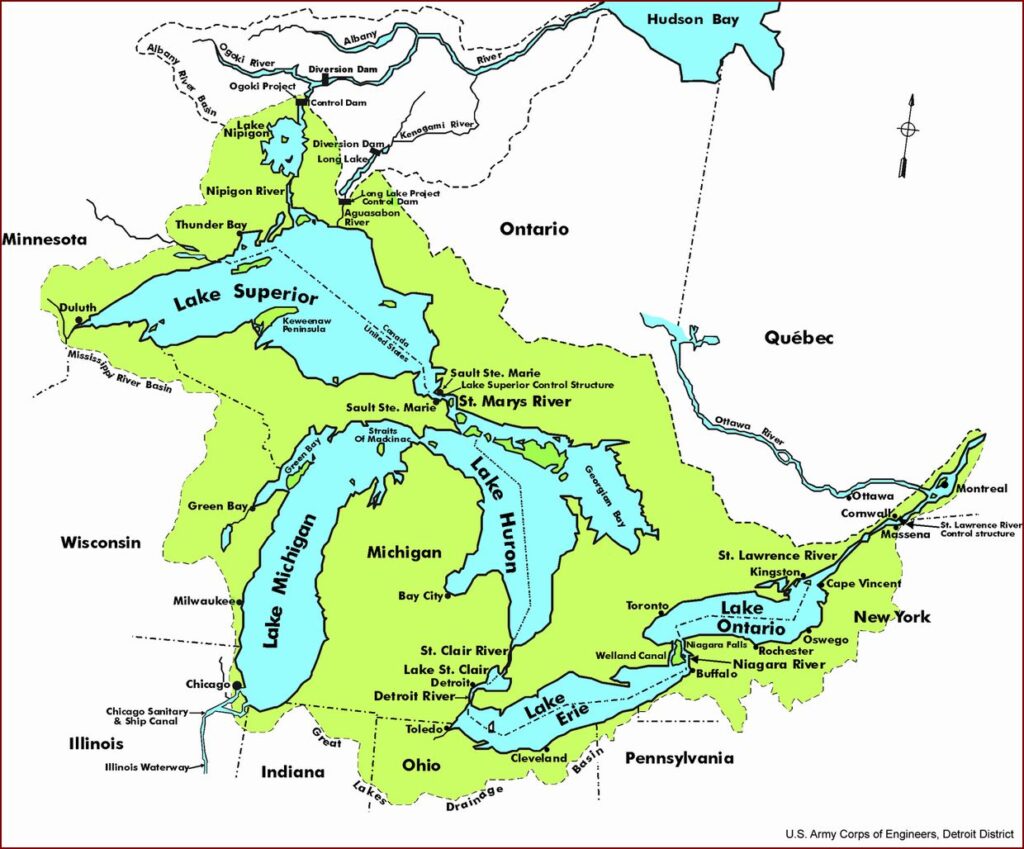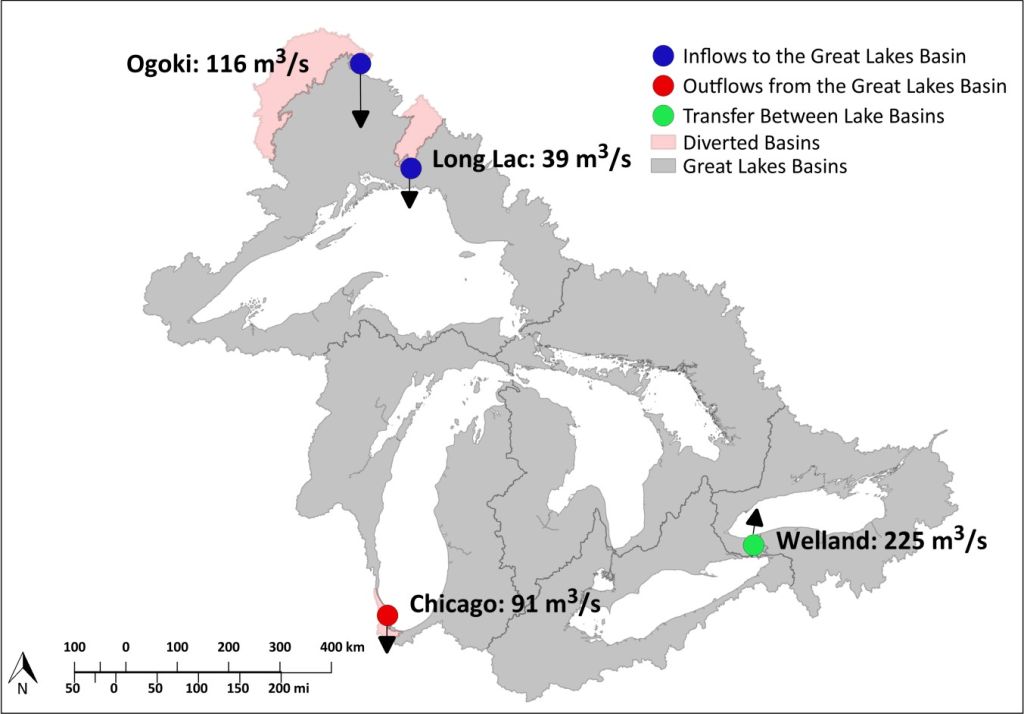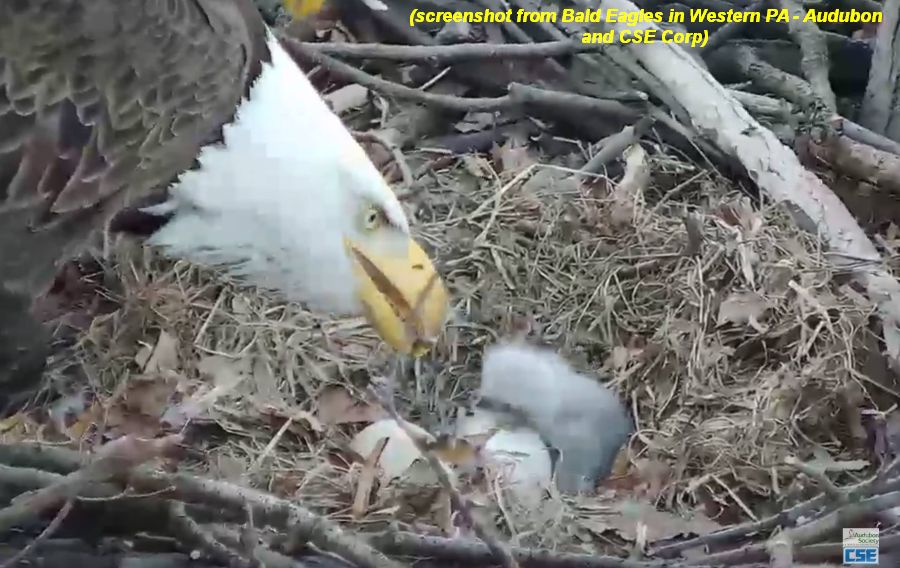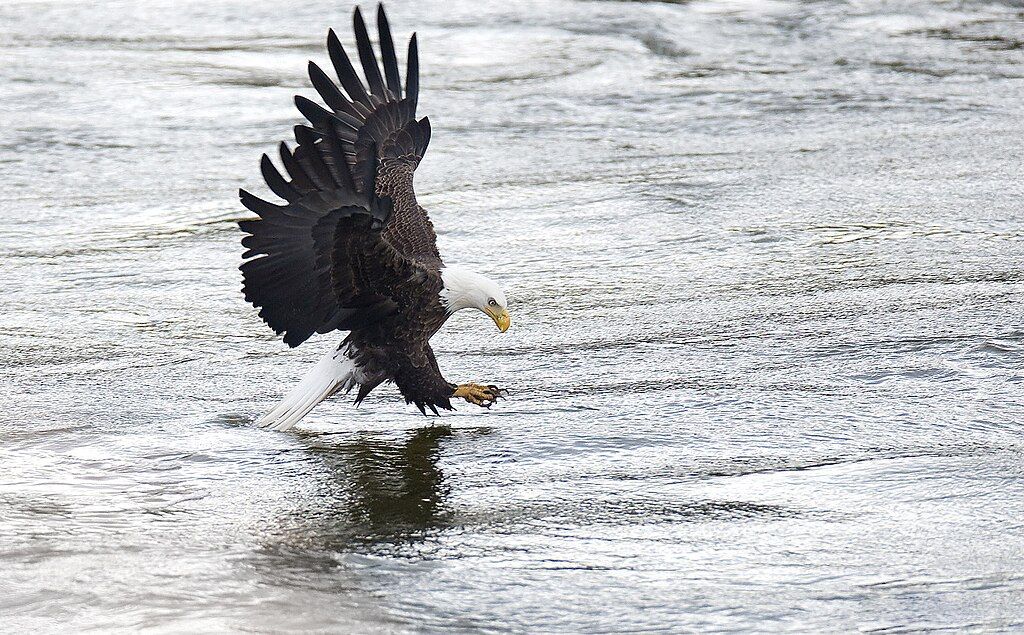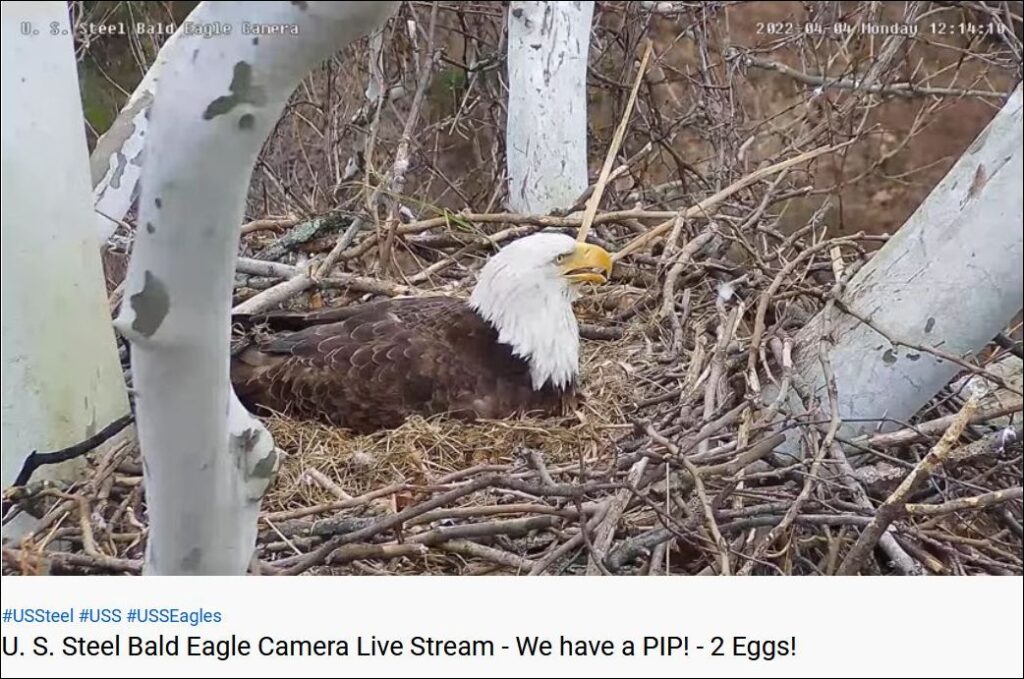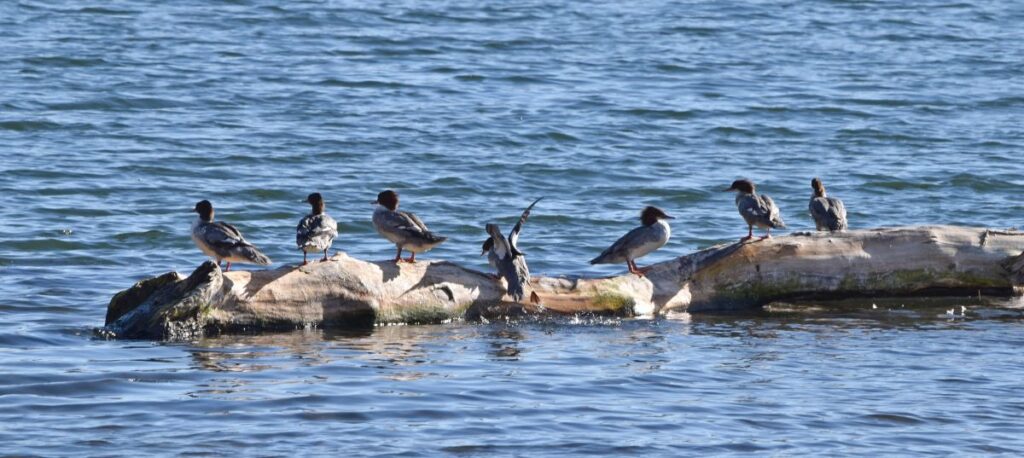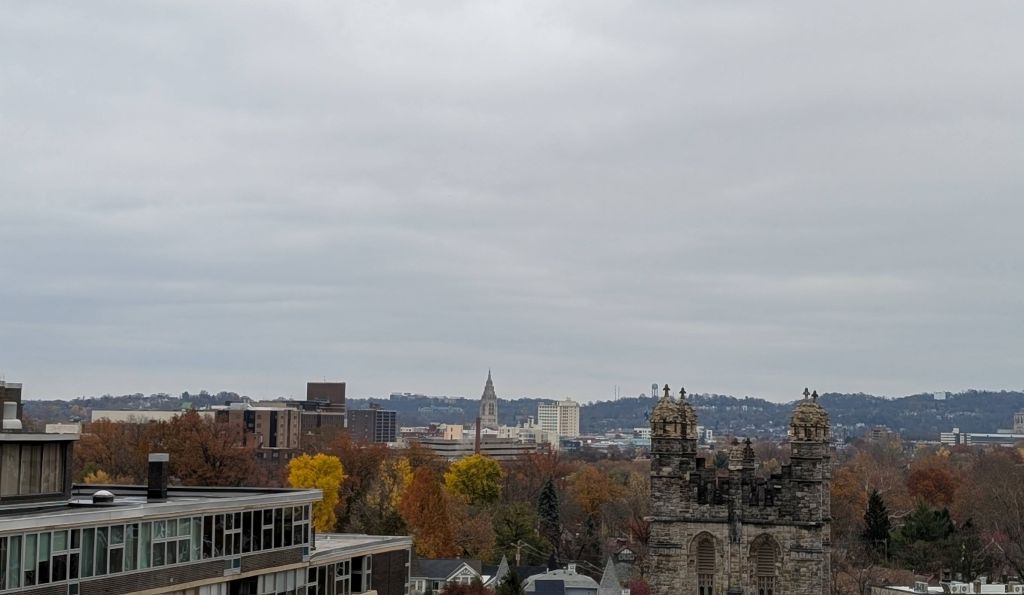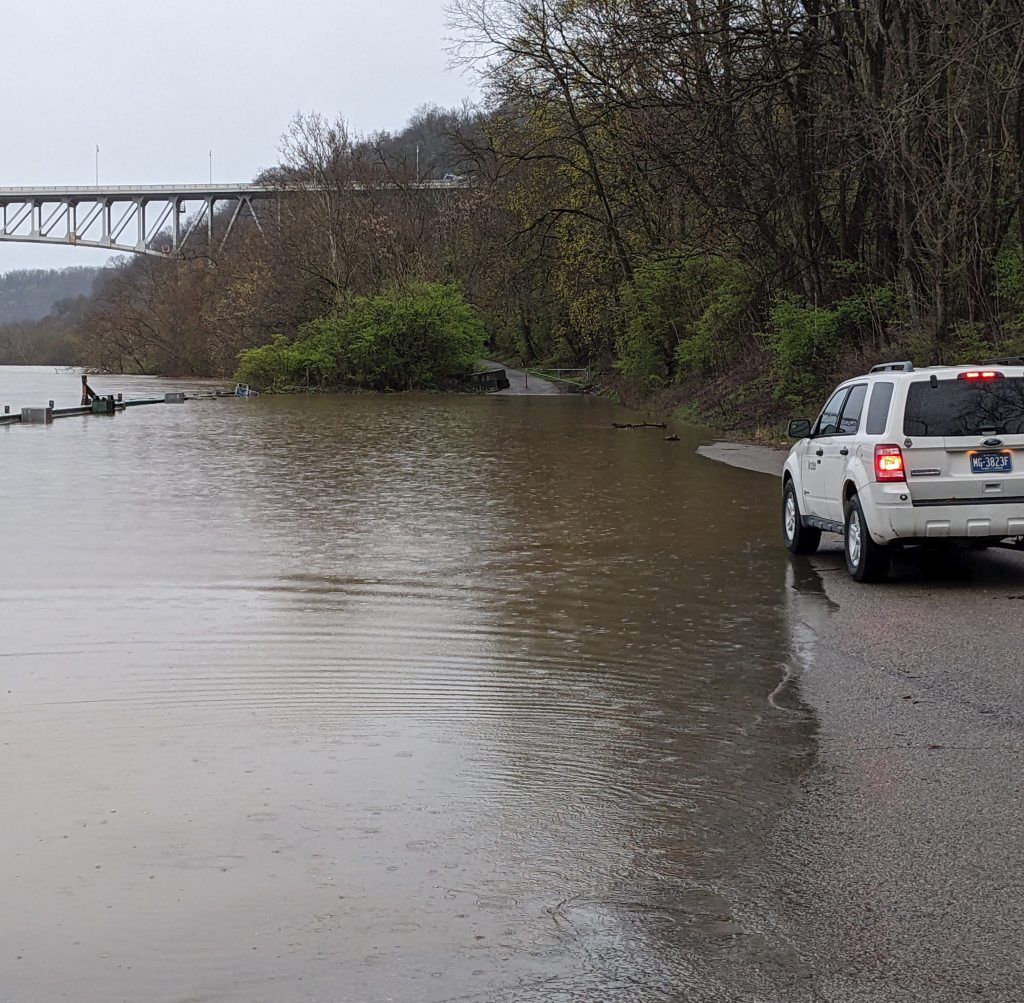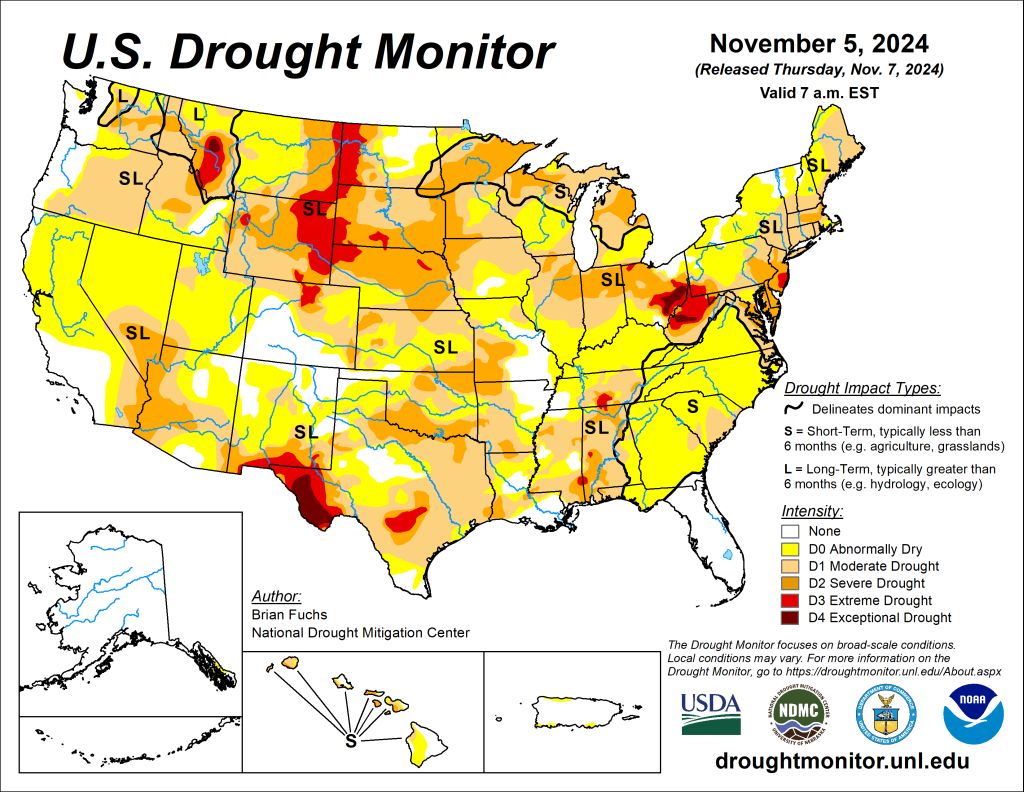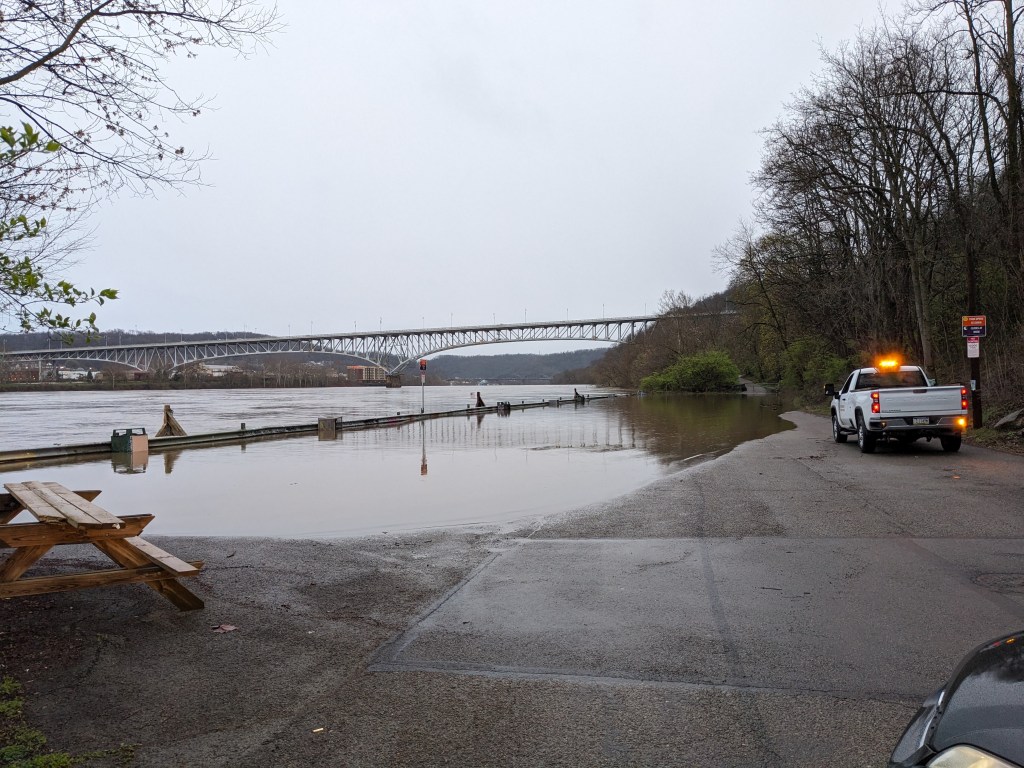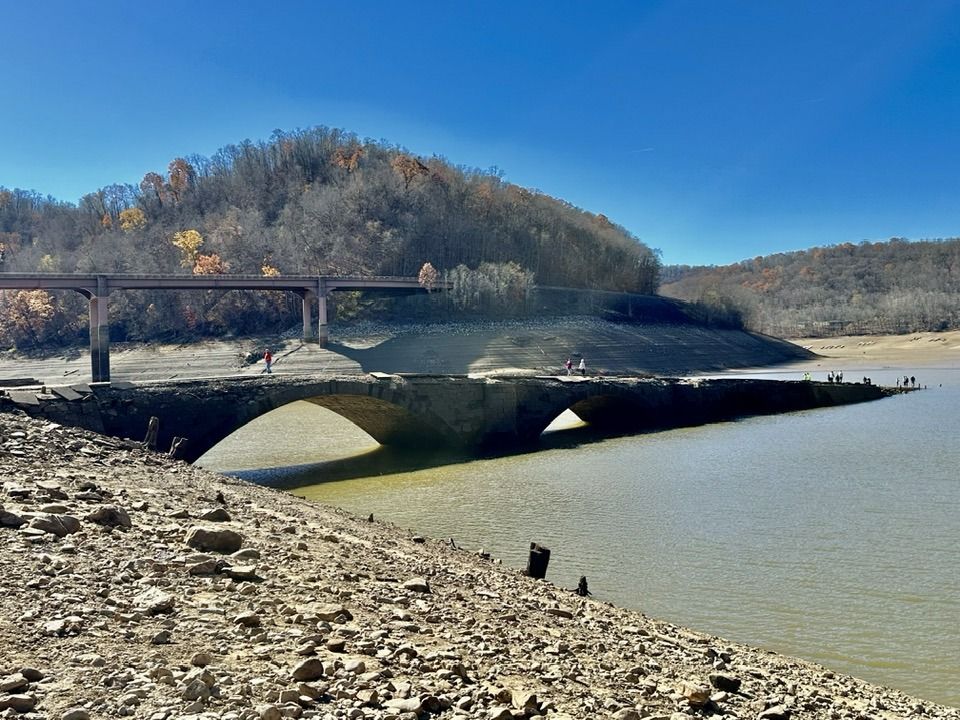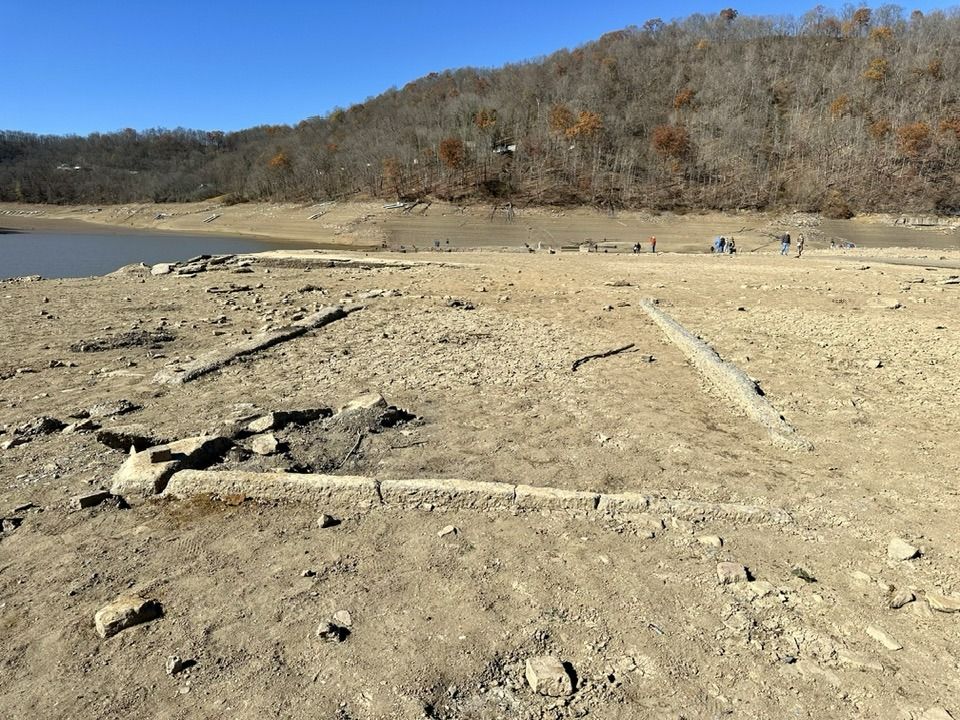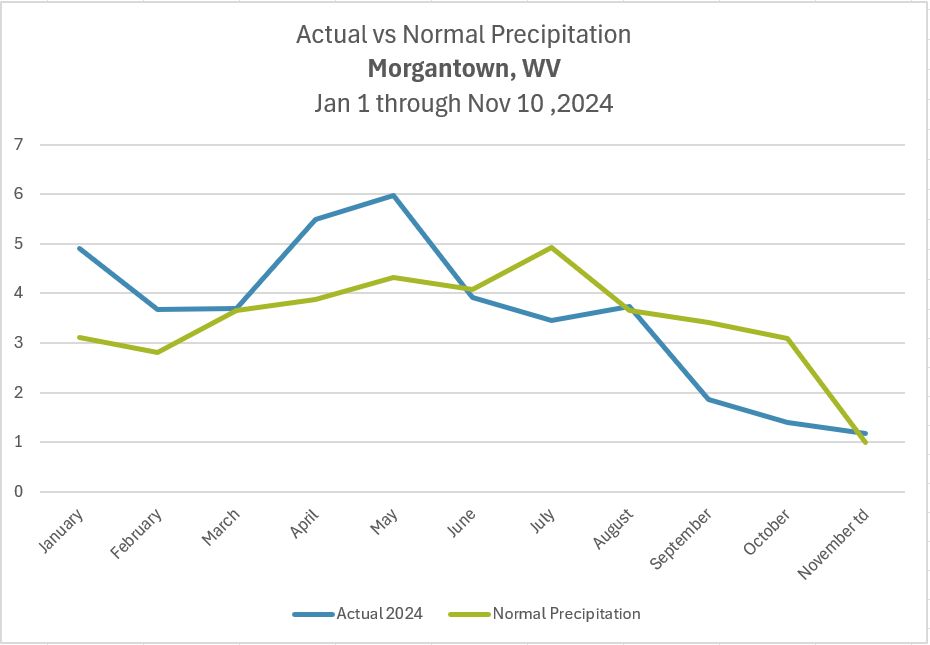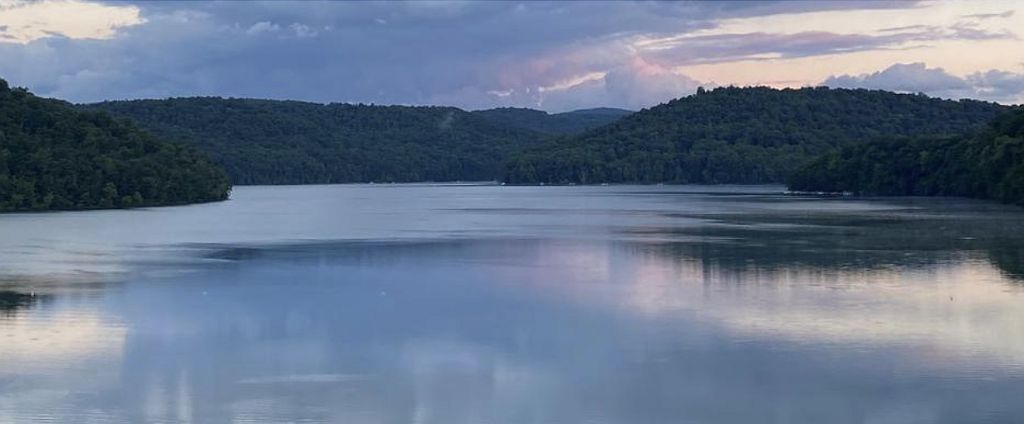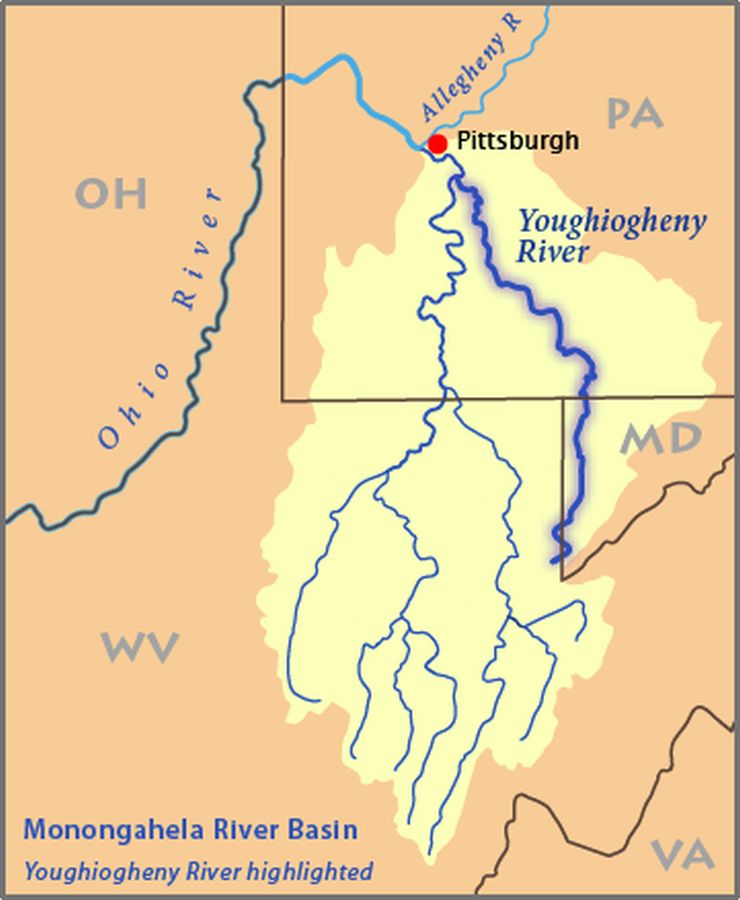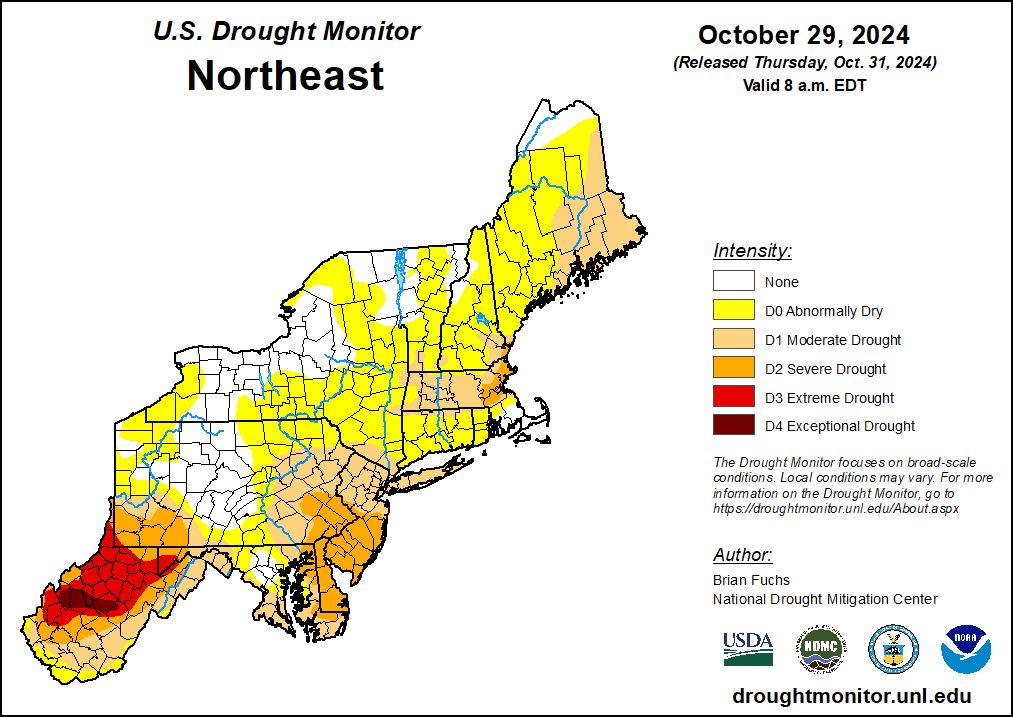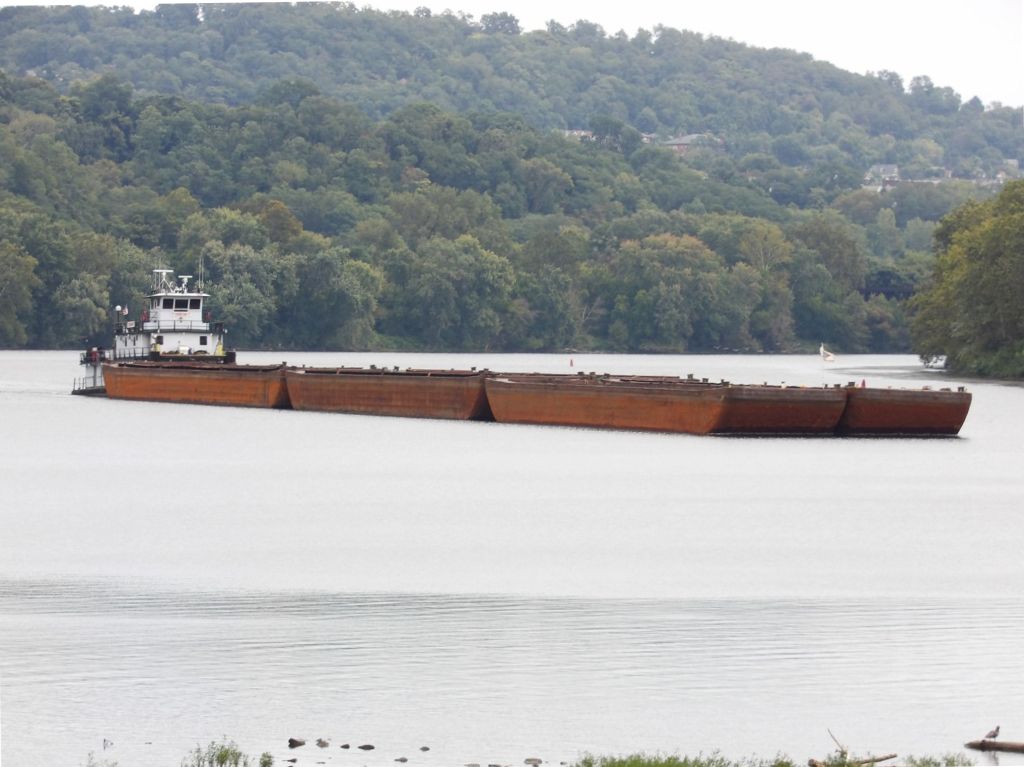
3 January 2025
On New Year’s Day Paul Nale reported hundreds of dead and dying snow geese in Northampton County on the PA Birders Facebook group.

There were over 100 dead and dying snow geese at the limestone quarry in Nazareth PA [Northampton County] this afternoon. We have a possible avian influenza outbreak on our hands. I have contacted the PA Game Commission.
— PA Birders Facebook Post, 1 January 2025 by Paul Nale
Yesterday the PA Game Commission said there were also dead snow geese at Upper Macungie Township in Lehigh County, both with a “strong suspicion of avian influenza.”
UPDATE as of 8:50 AM 1/2/25: The PA Game Commission has had specialists in the quarry at Nazareth to collect the dead snow geese. There are reportedly hundreds now. There are too many to even try to collect them all. The birds are reportedly on their way to or at the lab for autopsy. In my post last evening, I used the word POSSIBLE … This morning the staffer calling me used the words “strong suspicion of avian influenza.” Tests will confirm or reject that hypothesis.
— PA Birders Facebook Post, 2 January 2025 by Paul Nale
The Pennsylvania outbreak follows quickly on the heels of a similar outbreak in Delaware just five days earlier.
On 27 December dead and dying snow geese were discovered at Prime Hook and other sites in Surrey County, DE. On 28 December the State of Delaware confirmed avian influenza and warned poultry farmers and the public to take precautions.
It is not surprising that bird flu is spreading in the wild from state to state. Birds fly and Prime Hook, Delaware is only 130 miles from Nazareth, PA, well within the snow goose range of up to a thousand miles per day in migration.
Meanwhile, the state of Pennsylvania urges everyone to take these precautions:
from PA Press Release, 2 Jan 2025, INFLUENZA SUSPECTED IN SNOW GOOSE MORTALITIES
- Those encountering sick or dead wild birds can report them to the Pennsylvania Game Commission by calling 1-833-PGC-WILD (1-833-742-9453), by emailing pgc-wildlifehealth@pa.gov or by using the online Wildlife Health Survey tool.
- Any sick or dead domestic birds should be reported to Pennsylvania Department of Agriculture at 717-772-2852. If you have had contact with sick or dead birds and are not feeling well, contact your primary care physician or the Pennsylvania Department of Health at 877-724-3258.
- Always observe wildlife from a safe distance. Avoid contacting surfaces that may be contaminated with feces from wild or domestic birds. Do not handle wildlife unless you are hunting, trapping, or otherwise authorized to do so.
- Waterfowl hunters are encouraged to continue participating in the remaining season, but should take precautions while handling and dressing birds. These include wearing nitrile gloves, protective eye wear, and a mask. Following any hunt make a point to practice good hygiene, including washing hands and any clothing used in the process of dressing game that may contain blood or feces. Finally, never handle wildlife that is sick or displaying signs of sickness. Instead, report it to the Game Commission.
At this moment bird flu can only be caught by human contact with infected birds or animals but we should take care not catch it. Why? Because the more people who catch it, the more likely it will mutate within humans to something we can spread directly to each other. When that happens, all bets are off. Read more about bird flu transmission and humans at the BBC.
p.s. This map of recent HPAI (highly pathogenic avian influenza) outbreaks in the wild is current to 9 Dec 2024. It is maintained by USDA but does not yet include this week’s news from PA and Delaware which I’ve added in pink. Watch here for a USDA update this month!


